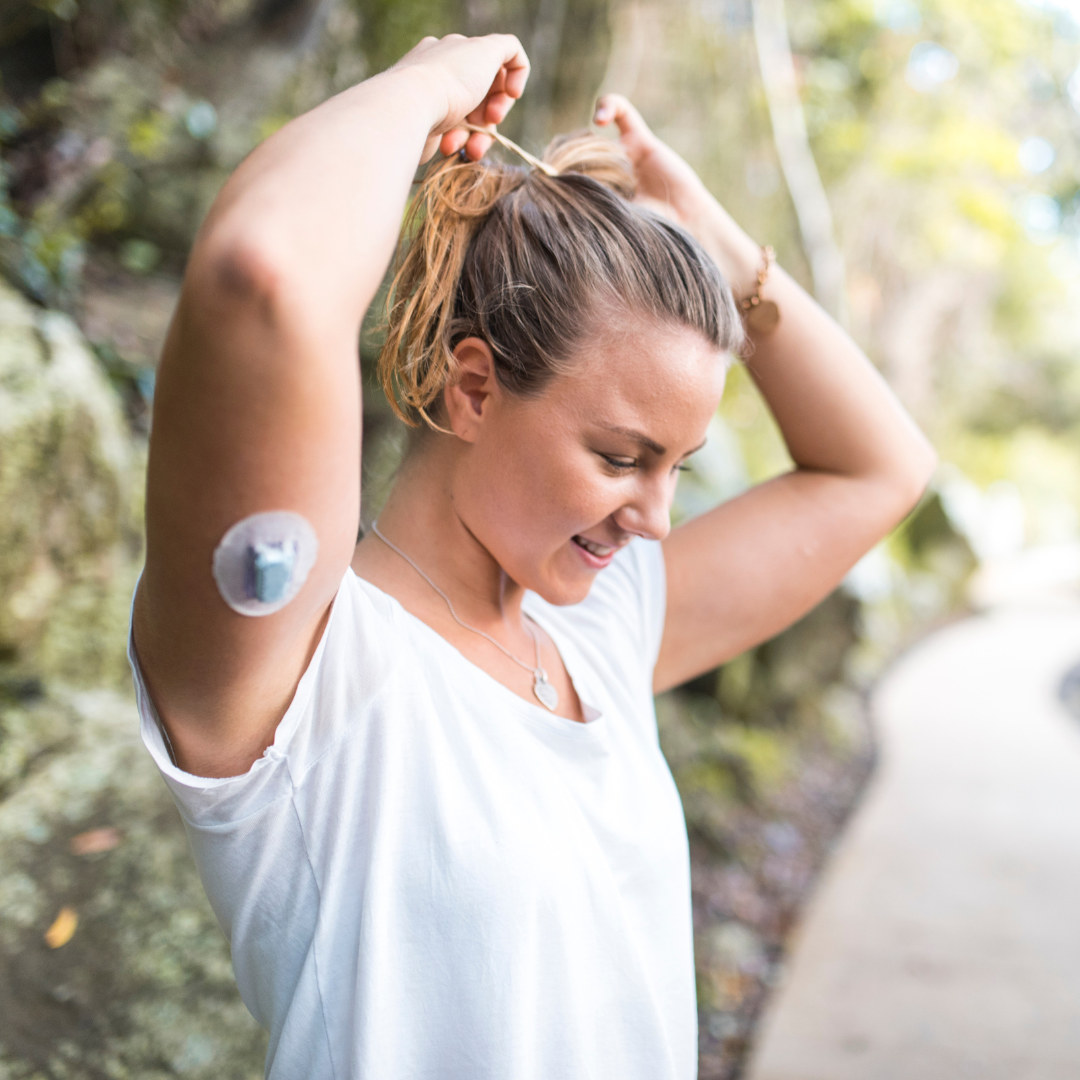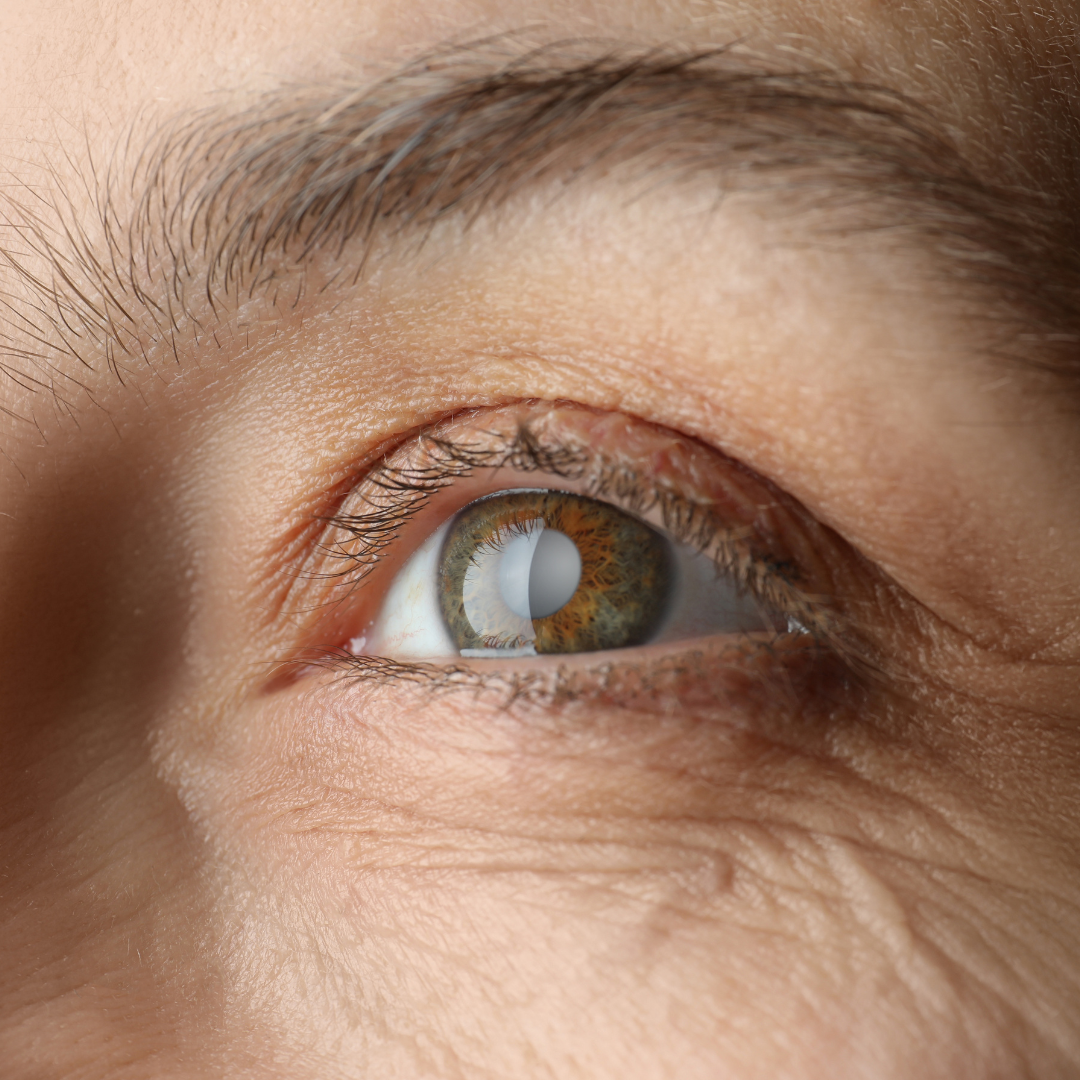What Are the Symptoms of Diabetic Retinopathy?
In its early stages, diabetic eye disease often presents no noticeable symptoms. This is why many people do not realise they have the condition until it has progressed. As the disease advances, you may experience:
- Blurred or fluctuating vision
- Sudden vision loss
- Dark spots or patches in your vision (also known as floaters)
- Difficulty seeing at night
If left untreated, diabetic retinopathy can lead to permanent vision loss.

Who Is Most at Risk?
Anyone with diabetes (Type 1, Type 2, or gestational diabetes) is at risk of developing diabetic retinopathy. However, certain factors increase the likelihood of developing this condition:
- Poor blood sugar control
- High blood pressure
- High cholesterol
- Pregnancy
- Smoking
- Have lived with Diabetes for 10+ years
People from South Asian and African-Caribbean communities are also at increased risk of developing Type 2 diabetes and its complications, including diabetic eye disease.


What Causes Diabetic Retinopathy?
Diabetic eye disease is caused by high blood sugar levels damaging the tiny blood vessels in the retina. These vessels may leak fluid, swell, or close off entirely, stopping blood from reaching the retina. In advanced stages, new, abnormal blood vessels may grow in the retina, leading to further complications including bleeding, retinal detachment, or glaucoma.
There are several stages of diabetic retinopathy:
- Background Retinopathy: Your eyesight isn’t affected yet but there are indications of problems ahead.
- Pre-proliferative Retinopathy: There’s a high risk your vision could eventually be affected because there are widespread changes in your retina.
- Proliferative Retinopathy: Eye damage that could affect your sight. You’re at a very high risk of losing your sight.
Diabetic Maculopathy also known as diabetic macular oedema (DMO), affects the middle part of the retina called the macula which provides central vision. It is not the same as Age-Related Macular Degeneration, but people with diabetes can be affected by this too.

Managing and Treating Diabetic Retinopathy
While diabetic retinopathy cannot always be cured, early detection and treatment can prevent vision loss in 90% of cases. Regular diabetic eye screening is essential, particularly as symptoms may not appear until the condition is advanced.
Treatment options include:
- Laser Treatment: Seals leaking blood vessels or shrinks abnormal ones
- Eye Injections: Medicines such as anti-VEGF drugs reduce swelling and leakage
Alongside these treatments, managing your diabetes effectively – including controlling blood sugar, blood pressure, and cholesterol levels – plays a crucial role in slowing the progression of diabetic eye disease.


Don’t Delay If You’re Concerned
Diabetic retinopathy can develop silently, with no symptoms until serious damage has occurred. If you are living with diabetes, regular diabetic eye screening and annual eye exams are your best defence against vision loss.
Diabetes UK is a great source for information about living with diabetes.

Both myself and my husband use this opticians. The staff are very friendly and helpful. Would definitely recommend to anyone.
Carol Thompson
